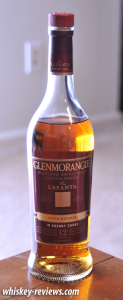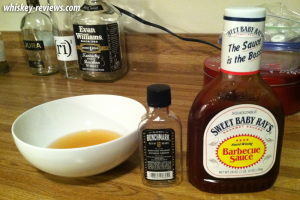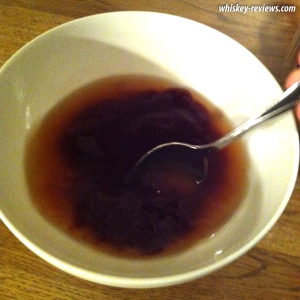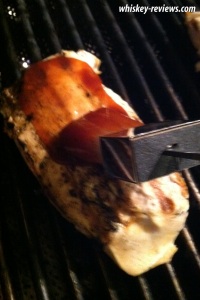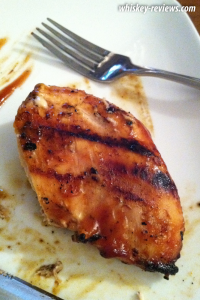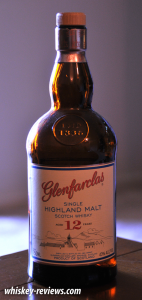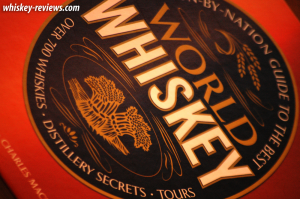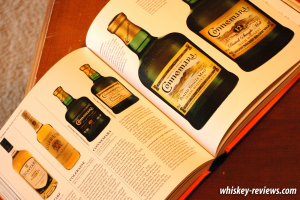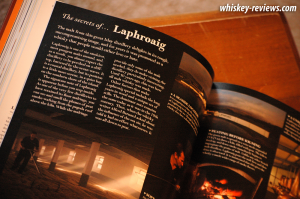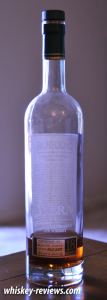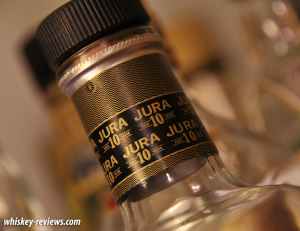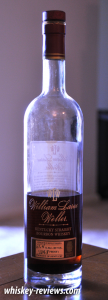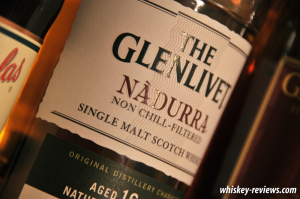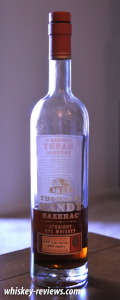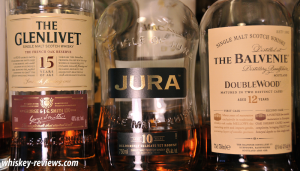 If you peruse through my reviews (that sounded cool, right?) you’ll notice that a lot of my images show bottles that are opened; sometimes with one drink vacant, sometimes completely vacant except for one drink. There are reasons for that.
If you peruse through my reviews (that sounded cool, right?) you’ll notice that a lot of my images show bottles that are opened; sometimes with one drink vacant, sometimes completely vacant except for one drink. There are reasons for that.
First and foremost, I like my blog photos to be real. Oftentimes when I’m searching through other whiskey review blogs (and yes, I do that quite often), I’ll notice that the reviewer just took the bottle shot straight from the distiller’s website or good old Google images. Certainly not an arrestable offense, but it gets me thinking. It brings up the question of authenticity. Did the reviewer even buy a bottle of the whiskey in question, or did he have a sip at the bar and decide to write the review? This is a wild allegation I’m sure, but I’d be lying if I said it didn’t cross my mind.
Now, let’s pretend that the blogger in question did in fact pick up a bottle. Why didn’t they take a picture? I think that having your own picture of the whiskey you are reviewing makes it a little more your own rather that just some words on a website.
Okay, so clearly I like pretty pictures. Aside from that, why are my bottles (almost) never full? The best answer that I can come up with is because I drink them. Plain and simple. Whiskey is meant to be drunk, and anybody showcasing a picture of an unopened bottle is showing me that they are collecting – which is fine; to each their own. Just not my thing.
As I’ve gotten deeper and deeper into my personal obsession with whiskey, I have come to learn that it is a living thing. It is intended to be analyzed and spoken about but most importantly it is meant to be enjoyed. Anybody who “collects” whiskey is missing out on the most fundamental part of its existence.
So bloggers – take pictures of your bottles. Make sure you crack it open and let it breathe with you. Your whiskey is getting lonely without you.
-Ryan

